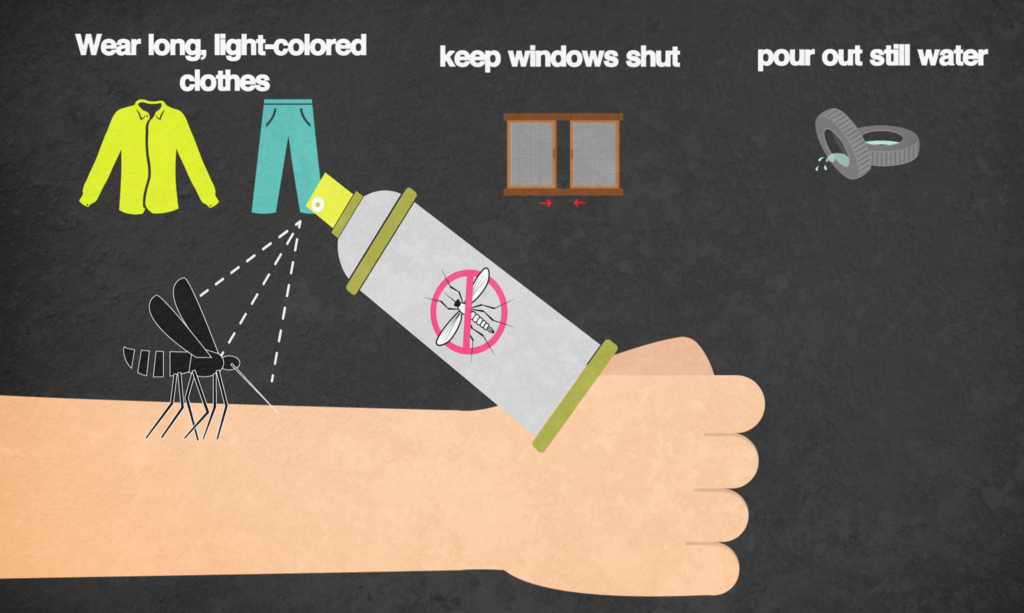“On February 1, 2016, the World Health Organization declared a Public Health Emergency of International Concern over the Zika outbreak in Brazil.” Here are the major facts about the virus that you need to know so far.
View this video on YouTube
The first sample of the virus was found in a captive Rhesus monkey in Uganda’s Zika Forest in 1947. The following year, in the same forest, scientists found the virus in an Aedes africanus mosquito.
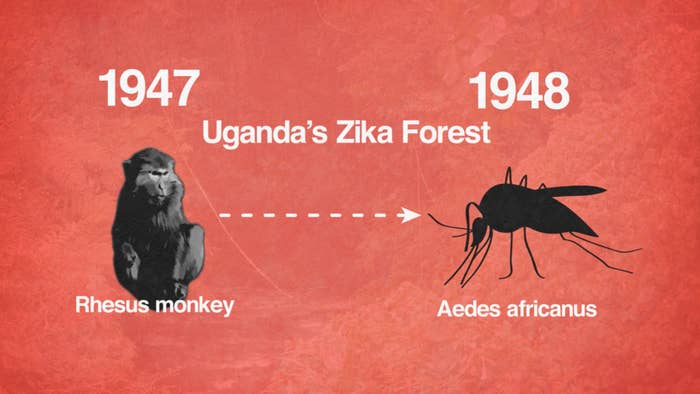
4 years later, in 1952, the virus was found in humans for the first time. Both in Uganda and the United Republic of Tanzania.
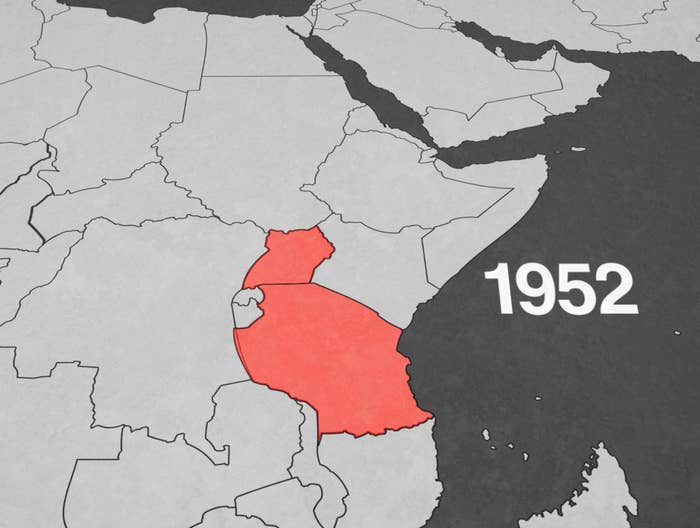
The first reports of it showing up in the Pacific was in 2007, on the island of Yap, with 185 suspected cases. Prior to this, only 14 cases of Zika had ever been documented.


“On March 2, 2015, Brazil notified the World Health Organization of an illness causing skin rashes in the northeastern states.” However, these patients were not tested for Zika as it was not yet suspected as a possibility.
“As of February 2016, Brazilian national authorities estimate between 500,000 and 1.5 million cases of the Zika virus, and a total of 39 countries reporting the local circulation of the disease.”
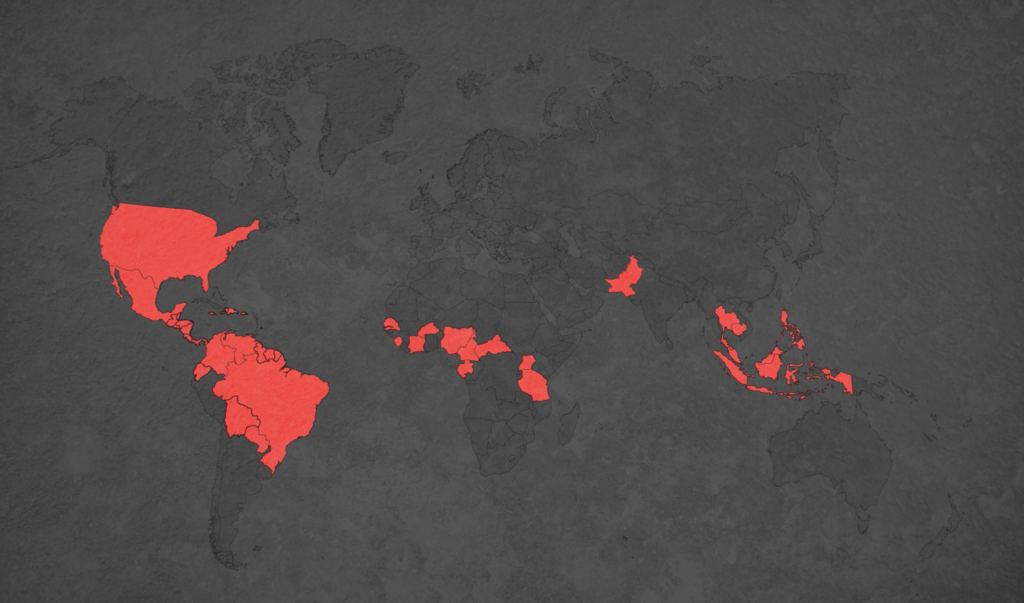
“Zika spreads when an infected person is bitten by an Aedes mosquito and then the infected mosquito goes on to bite someone else.”
“If a pregnant mother contracts the virus, it can be passed on to her unborn child.”

“Although the virus has been spreading quickly, only about 1 in 5 people that contract Zika actually becomes sick.”
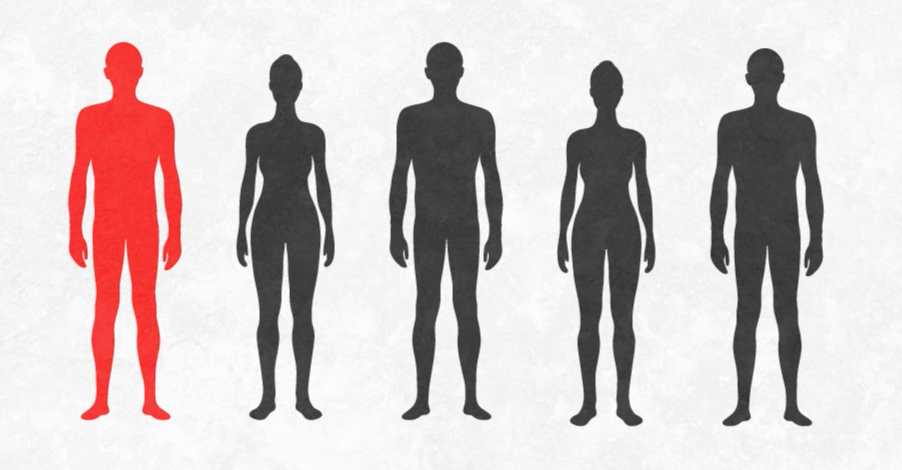
“The symptoms generally clear up within two to seven days and can be treated with some common pain and fever medicines.” The symptoms of Zika are mostly mild, but include:

"What's troubling about Zika is the increase in a disease known as Microcephaly." The condition causes babies to be born with a small head, which could affect brain growth and lead to developmental disabilities.
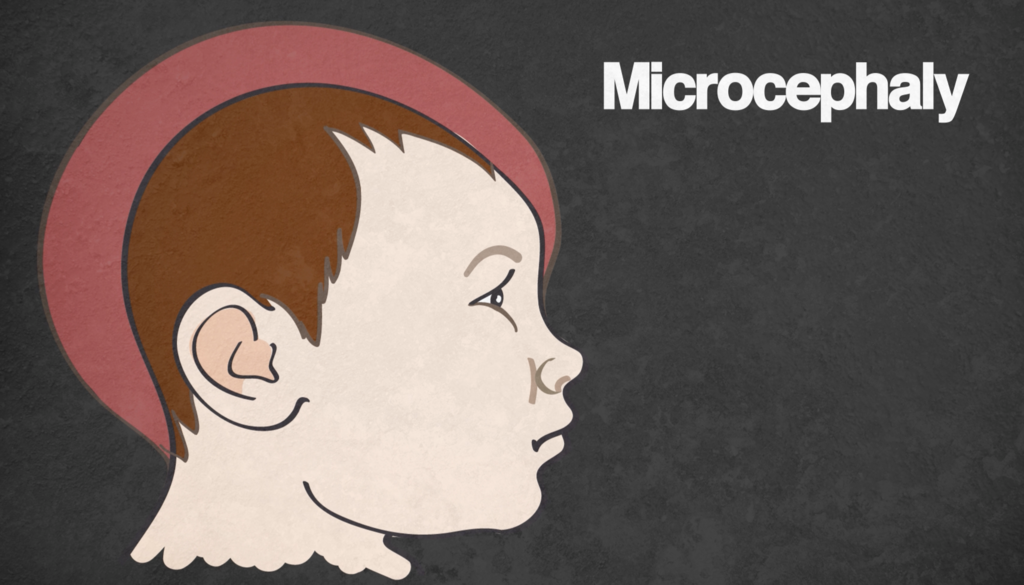
Currently health officials are looking into the connections between Zika and Microcephaly in pregnant women. The following is recommended to avoid mosquito bites in the meantime:
